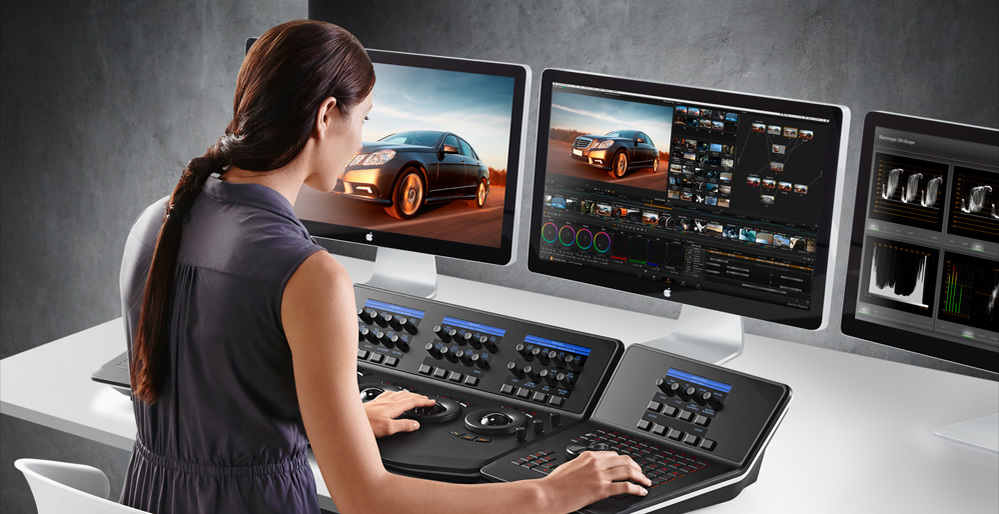

- TUTORIAL DAVINCI RESOLVE LITE SOFTWARE
- TUTORIAL DAVINCI RESOLVE LITE SERIES
- TUTORIAL DAVINCI RESOLVE LITE FREE
They don't care how I get there or that I'm really printing out each frame in B&W and then colouring them in using crayons. When I grade for a client they only care about the end result. So is it cheating, shouldn't you be creating the look from scratch by hand? Well you are creating the look from scratch and by hand! The LUT is really only setting some rules for what colours are and aren't possible, it's not grading the image for you. It should still be possible to achieve the looks from the tutorial without them, but it'll be a little more difficult and I find the results generally aren't as good. Give the LUTs a try, see if you like their aesthetic. There's a good chance that the films people continually try to match the look of, have been graded with a film LUT which has then been baked in, thus becoming a large part of the finished look. Film LUTs have been used by post production studios on films for aslong as they've been conducting DI colour grades. I use LUTs because I think they're an important component in achieving this look. People ask me why I use film LUTs and if they are somehow cheating by using them.
TUTORIAL DAVINCI RESOLVE LITE SOFTWARE
In both cases you'll still be able to get something out of the tutorial as the basic techniques should be applicable to whatever colour grading software you are using. The only excuses you should have for not using Resolve is if your system doesn't have the specs to run it or you're already using something better.
TUTORIAL DAVINCI RESOLVE LITE FREE
Short answer: It's really good, it's free and it's very easy to use. Toby is a talented cinematographer, check out more of his work at his website - and follow him on twitter - Why Resolve? Special thanksīefore I go any further I have to thank Toby Linden for kindly providing the footage of the gentleman with a gun. If you're new to Resolve or colour correction/grading in general, I recommend you check out some of the resources at the bottom of this post. I also assume you have a basic grasp of colour correction and colour correction best practices. In this tutorial I assume you have some basic Resolve knowledge and you're able to setup up projects, import footage, apply LUTs and create nodes.

I've already got a few ideas but If you have any suggestions, send me an email or contact me on twitter.
TUTORIAL DAVINCI RESOLVE LITE SERIES
The techniques I show you also form the foundation for most of the grades on this site. I hope to create a series of these tutorials (hence the 01 numbering) so stay tuned for more upcoming tutorials. Otherwise known as the summer blockbuster look, the teal and orange look etc.
But by far the biggest request has been to show how I create the cool/warm look. I've received a lot of requests to share the techniques I use to achieve the various grades on this site and on Vimeo. 01 The Summer Blockbuster Colour Grading Tutorial from Juan Melara on Vimeo.


 0 kommentar(er)
0 kommentar(er)
